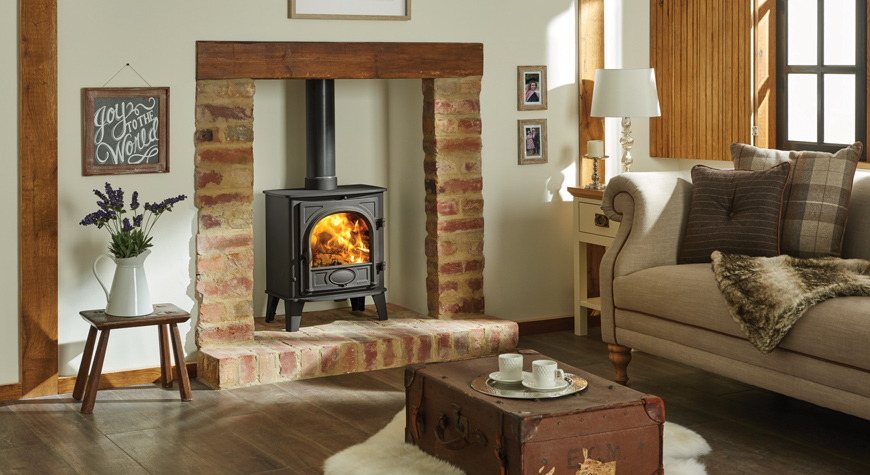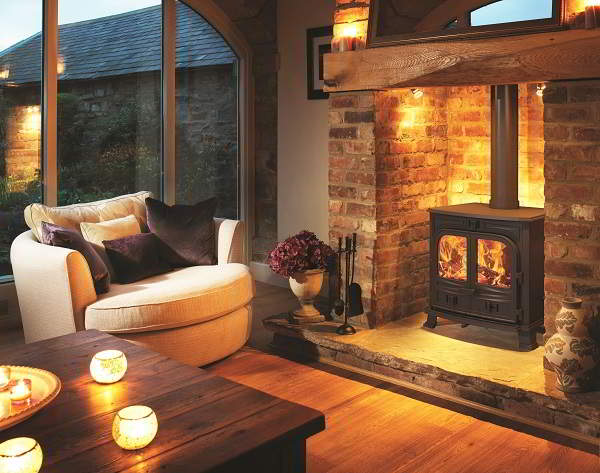While building regulations are vital when looking to install a wood burning or multifuel stove, there are areas in which the guidelines/regulations are a little vague. One such area is the potential insulating of a flexible flue liner within a chimney stack. We know that the flexible flue liner plays a vital role in the efficient use of any wood-burning or multifuel stove, but do you need to insulate the flexible flue liner?
Controlling hot gases
The flexible flue liner is used to funnel hot gases out of your wood-burning/multifuel stove, up the chimney stack and into the atmosphere. This not only ensures there is no buildup of potentially dangerous gases but it creates the vital vacuum in the fuel combustion process which is filled by fresh cold air. This area is pivotal to the efficient burning of fuel therefore creating not only a constant flow of heat to release back into the room but also hot gases to escape out of the flexible flue liner.

In simple terms, insulating your flexible flue liner is very beneficial when it comes to controlling the release of hot gases. While a non-insulated flue liner may work perfectly well for the majority of the time, there may be issues when the surrounding air is cool. This will reduce the temperature within the flexible flue liner potentially creating condensation and impacting the efficient release of the hot gases. The moisture created by the condensation will likely flow back down the flexible flue liner and into your stove, causing an array of issues and at best impacting its overall efficiency.
Maintaining heat
By simply insulating your flexible flue liner this ensures that the hot gases remain hot and are released into the atmosphere as quickly as possible. It also avoids the potential creation of condensation and moisture which can have an obvious impact upon the efficiency of your stove. The so-called “draw” connected with your stove is vital to not only its efficient creation of hot air but also in maximising fuel consumption.

Where there are areas where your stove is less efficient than it should be this means that more fuel will be required to maintain a comfortable room temperature. The more fuel required the greater the cost which leads to a reduction in overall cost savings. Even though the modern day wood-burning/multifuel stove is extremely well designed and extremely efficient, there are still areas where the user can assist.
Simple tweaks maintain efficiency
As we touched on above, the potential creation of condensation in an uninsulated flexible flue liner not only impacts the draw but can also create potentially damaging moisture/condensation. When running efficiently the majority of stoves today will have efficiency ratings in excess of 80% which compares extremely well to a traditional coal fire with an average efficiency rating of between 20% and 30%. So, while even the most inefficient of wood-burning/multifuel stoves will still outperform a traditional coal fire, all elements of the modern day stove work best when the machine is operating at or around maximum efficiency.

